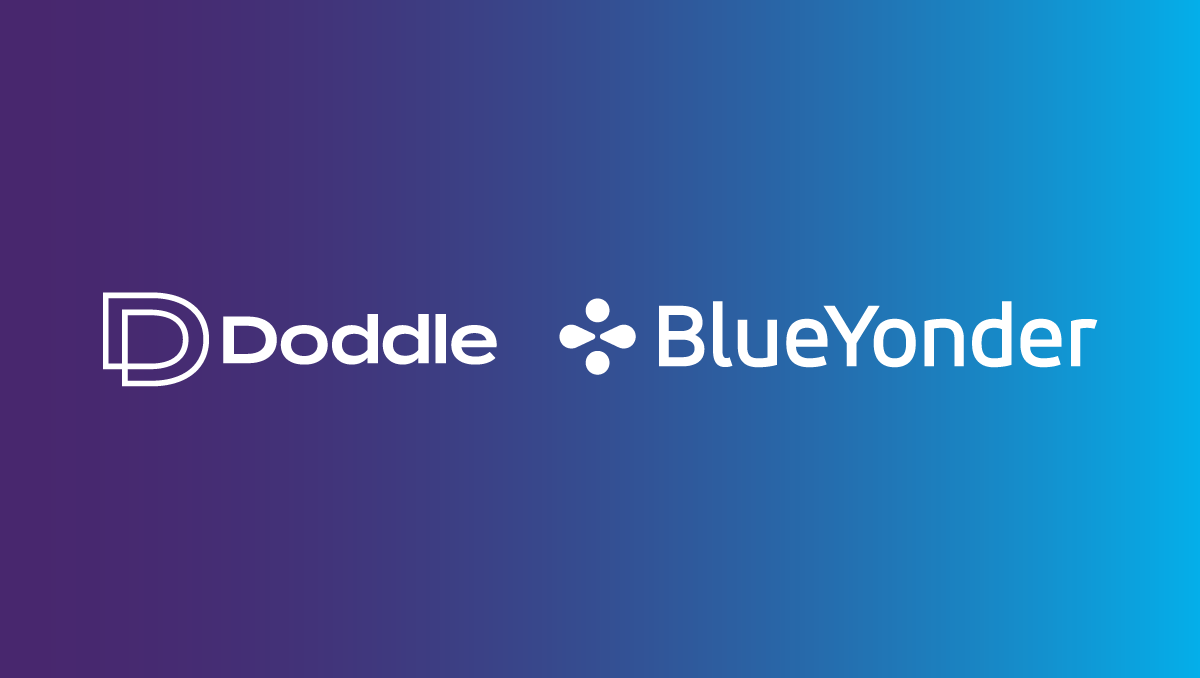Insight / Blog
How to talk to customers about returns

As in so many things, communication is key when it comes to dealing with ecommerce returns. Marketers often talk about brand touchpoints, meaning the website, physical store locations, advertisements, sponsorships, and most crucially using/wearing/owning the product. However, one under-appreciated and crucially important brand touchpoint is the returns process.
Emotional investment
When a shopper returns something, they have some skin in the game – they have already paid money and want a resolution. That automatically makes this a much more deeply engaging brand touchpoint than seeing a TV spot, for example. Unsurprisingly, it also has a massive effect on customer loyalty. Customers who have a poor returns experience are 3x as likely to never shop with that retailer again!
It seems a little strange then that retailers spend so much time and money on crafting the perfect ad copy and the minutiae of web design but let the returns experience suffer. Behavioral science tells us that our memory of an experience is primarily influenced by the peak (the most emotionally intense moment) and the end – the returns process therefore represents a chance to really characterize the customer’s experience of a retailer. It’s usually cheaper to retain a customer than it is to acquire one, and this holds true for returns too.
Returns communication starts well before the return
Focusing on returns makes sense – they cause a lot of hassle for customers and a lot of expense for retailers – but returns are just part of a whole stage of the customer lifecycle between the completion of a purchase and the next time they’re shopping. This after-sale period is crucial and offers retailers the opportunity to usefully communicate with their customers, keeping their brand and product top of mind for next time.
For example, retailers can use follow up communications like app notifications or emails to check that a customer has received everything in their order and is happy with their products. This can then direct customers to leave reviews (vital for SEO and conversion), point them towards other relevant products (upselling) and offer resolutions for any issues by taking them into the returns journey.
As you can see, returns are just one aspect of this after-sales communication, albeit a very important aspect. Using these follow-up communications means customers return items they don’t want faster, which is important for profitability as it means the goods are available for sale again sooner.
In the return journey
Once a customer has decided to return a product, the retailer needs to provide them with a simple process to follow. At the same time, retailers should direct customers towards positive actions like exchanges instead of refunds. For the process to be accessible, customizable and simple, a digital returns portal is an essential tool.
Within the portal, retailers can display order details and allow customers to select which items they want to return, and pick the return reason. Then, the retailer can offer an exchange, perhaps for a different size or color variant. Once these details are confirmed (which items, what reasons, which type of resolution) the portal can highlight the options available to customers for dropping off their return parcel. This can drive foot traffic to stores, or make use of alternative pickup and drop-off (PUDO) locations to enable convenient return options. Of course, the portal can also allow customers to post back items using a returns label – although replacing this option with digital in-store and PUDO-based returns offers a significant saving on the printed returns labels, as well as improving sustainability by removing paper-based labels.
If the customer does hand the parcel over in-store or at a PUDO point, they should receive notification immediately, acknowledging the parcel has been handed over. Leaders in the returns process like Amazon actually refund the customer at this stage, which demonstrates an acknowledgement that the customer has done their part and is a small and surprising way to delight a customer.
Regardless of the return method, customers should receive some tracking information so that they can be confident that the return is in progress, as well as an estimated date for their refund to give them a timeframe. This should cut the number of customer support engagements, which very often experience a high volume of contacts about refunds.
After the return
Once a customer has returned something, they may well still need a product. If I’m buying a pair of dress shoes for an event, and I return the first pair because they don’t fit, I still need some dress shoes. There’s an opportunity there for the retailer to market to customers who haven’t found what they were looking for. In my example, if I book the return in and drop off the shoes, the retailer could follow up with an email noting that I had returned some shoes and highlighting alternative products, perhaps with a discount code incentivizing me to return to the site and repurchase.
Digital returns process unlocks the power of communications
For customers to be able to pick out specific items from an order and book a return for them online, then receive personalized after-sale follow up communications, the retailer needs a digital returns platform which can manage all of this data and use it to create powerful communications at the right time.
Topics:
Related articles
How 3PLs Can Cut Costs, Reduce Waste and Boost Revenue With Smart Returns Management
3PLs should take advantage of returns to help reduce cost, efficiently manage warehouse resources, and aid growth.
Saving profits and the planet: 4 ways to sustainable & cost-effective returns
Returns drain profits and damage sustainability. Luckily, retailers can implement both cost-effective and sustainable returns using these 4 ways.
Speedy refunds: creating happy customers through fast & effective returns
Find out how speedy refunds can recapture revenue, increase customer loyalty and boost lifetime value.











